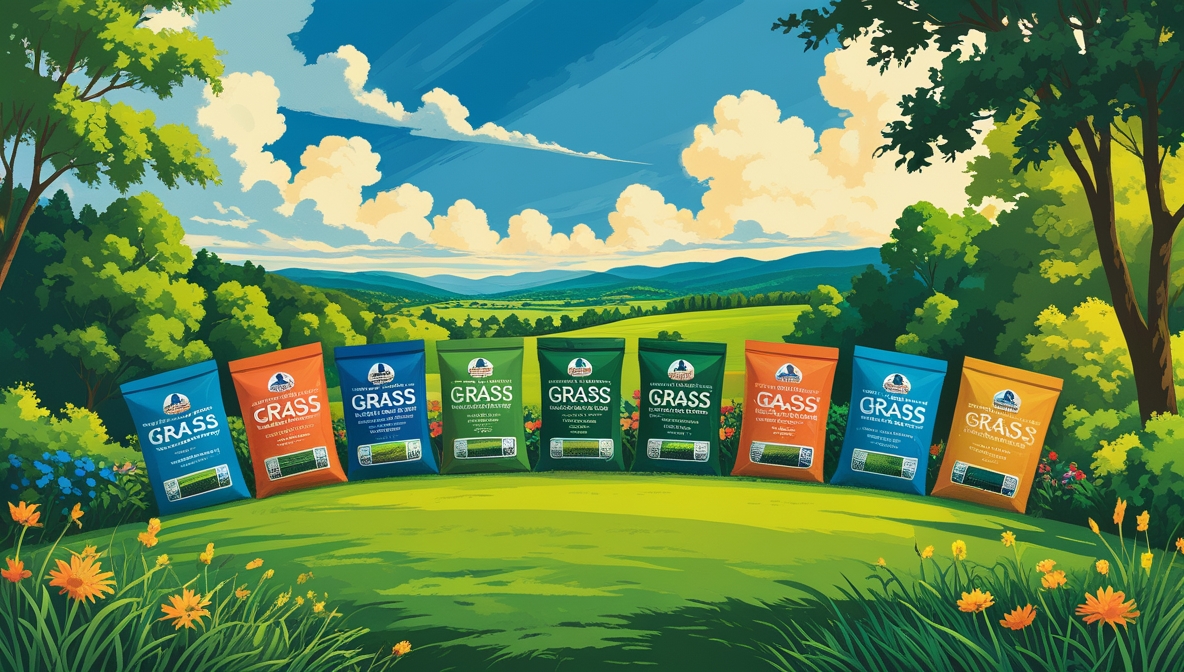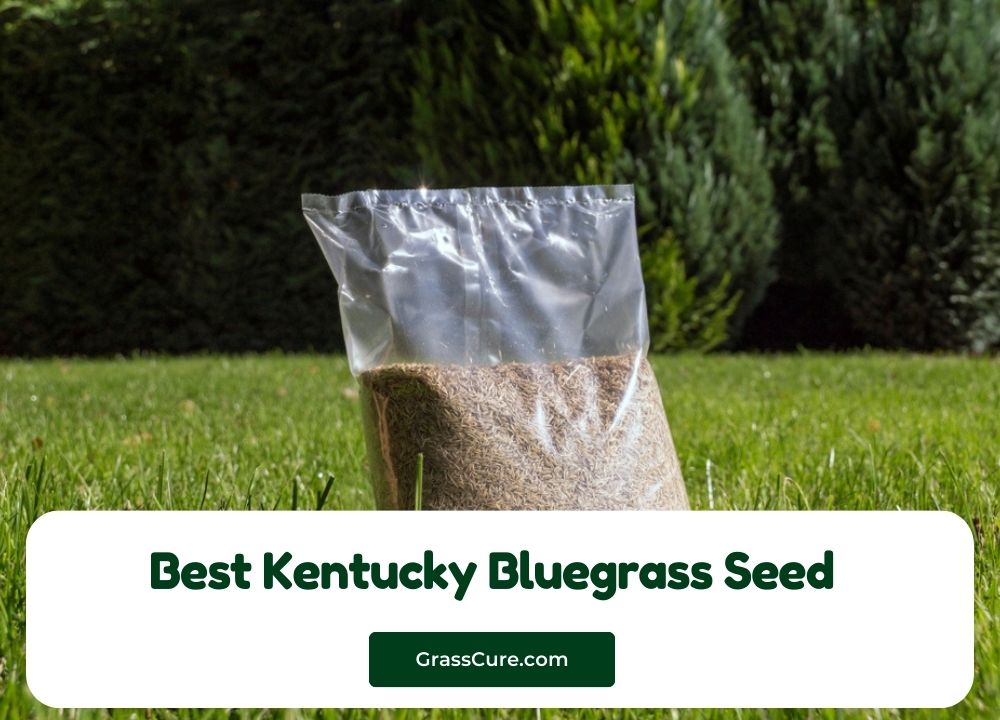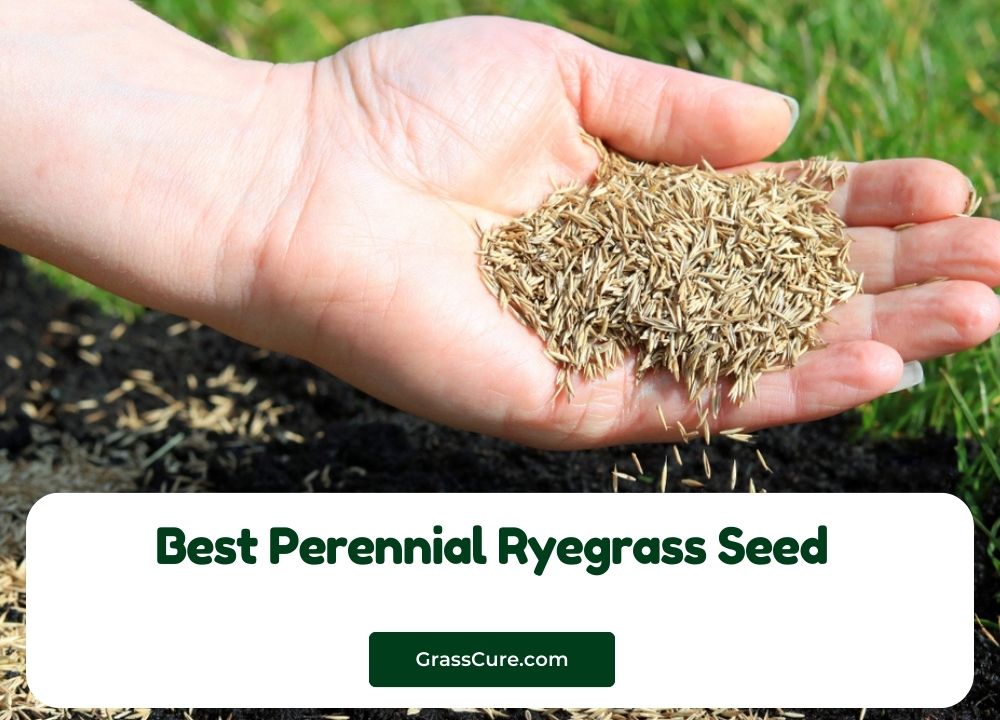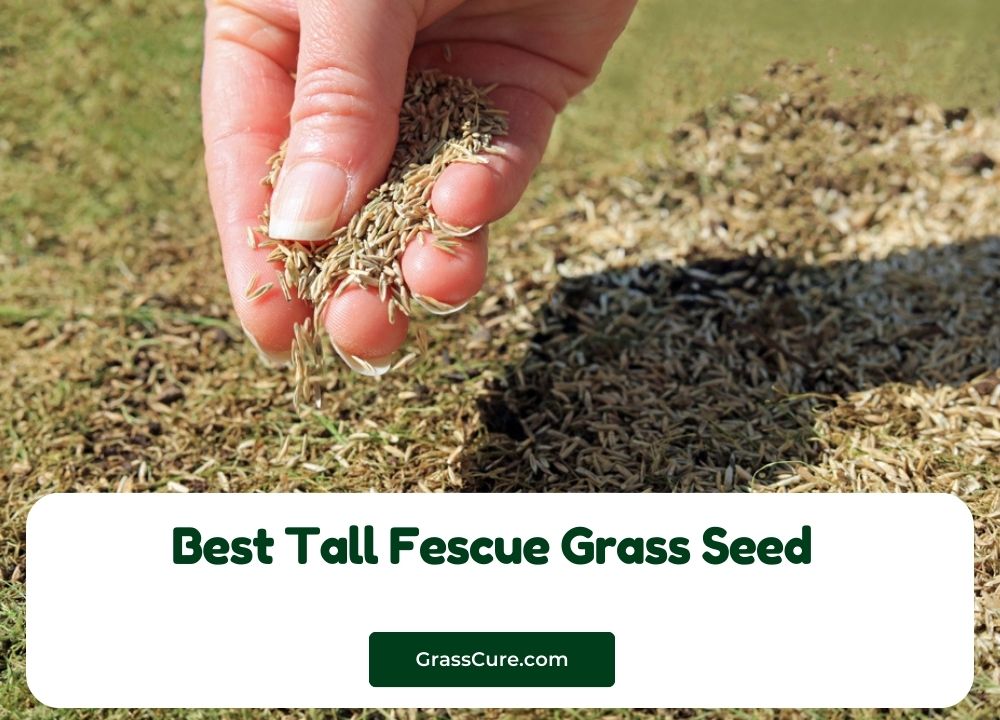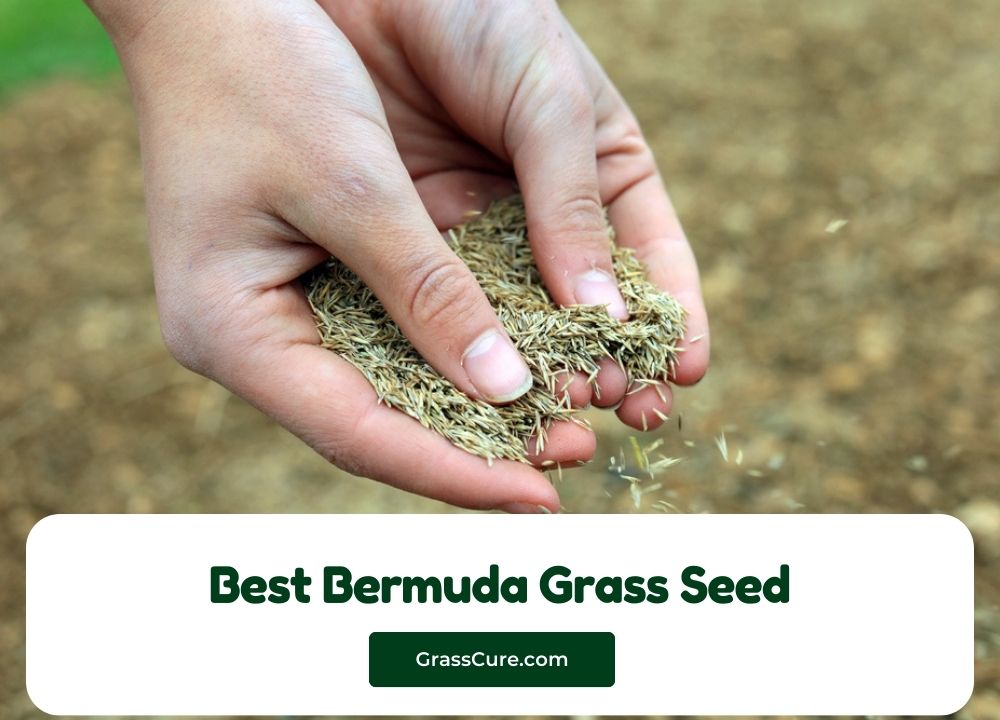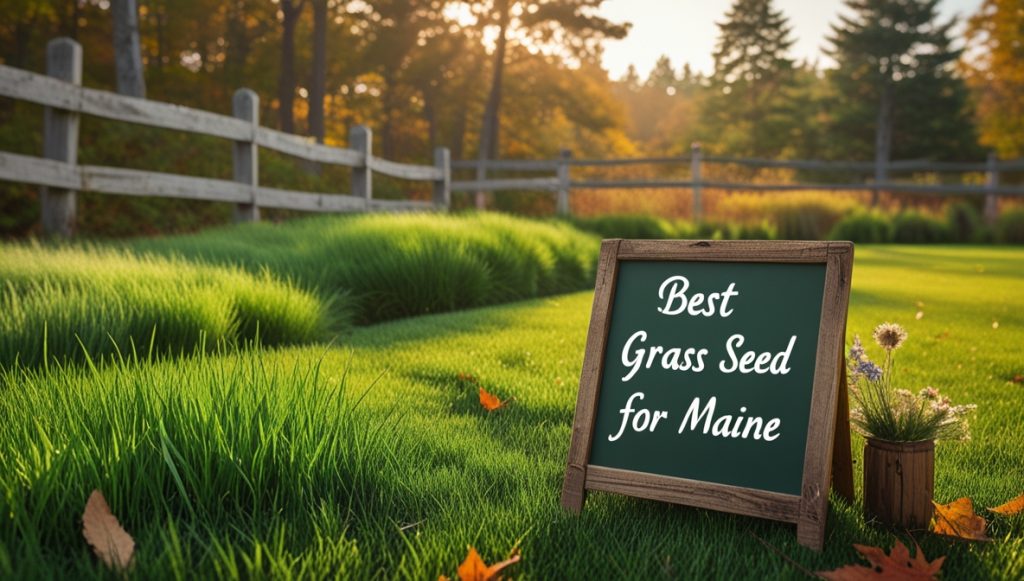Getting a lush, green lawn in Kentucky is a point of pride for many homeowners. However, choosing the right grass seed is crucial for success. The best grass seed for your Kentucky lawn depends on several factors, including sun exposure, soil type, and your personal preferences for maintenance. This guide will explore the top grass seed options for Kentucky, helping you make an informed decision and achieve the lawn of your dreams.
Contents
- Choosing the Right Grass Seed for Kentucky
- Kentucky Bluegrass: A Classic Choice
- Tall Fescue: Drought Tolerance & Strength
- Fine Fescue: Shade & Low-Maintenance
- Ryegrass: Fast Germination & Quick Cover
- Zoysia Grass: Heat & Drought Resistance
- Bermuda Grass: Sun-Loving & Warm-Season
- Seed Mixes: The Best of Both Worlds
- Preparing Your Kentucky Lawn for Seeding
- Sowing & Maintaining Your New Lawn
Choosing the Right Grass Seed for Kentucky
Selecting the perfect grass seed involves careful consideration of your yard’s specific conditions. Factors such as sunlight exposure (full sun, partial shade, full shade), soil type (clay, sandy, loam), and your desired level of maintenance heavily influence your choice. Do you prefer a low-maintenance lawn, or are you willing to put in more effort for a pristine, manicured look? Answering these questions will significantly narrow down your options.
Furthermore, consider your local climate. Kentucky experiences a range of temperatures and rainfall throughout the year. Some grasses thrive in hot, dry conditions, while others prefer cooler, more humid environments. Understanding these nuances will help you choose a grass seed that’s well-suited to your specific Kentucky location and will flourish with minimal intervention.
Kentucky Bluegrass: A Classic Choice
Kentucky bluegrass is a cool-season grass known for its beautiful, deep green color and fine texture. It creates a dense, lush lawn that is ideal for high-traffic areas. This makes it a popular choice for homeowners who value aesthetics and durability. However, it requires regular watering and fertilization to maintain its vibrant appearance.
Consequently, Kentucky bluegrass is best suited for areas with full sun to partial shade and well-drained soil. It can struggle in hot, dry conditions or in areas with poor drainage. While it requires more maintenance than some other options, the results—a stunning, resilient lawn—often make it worth the effort for many Kentucky residents.
Tall Fescue: Drought Tolerance & Strength
Tall fescue is a tough, versatile cool-season grass that boasts excellent drought tolerance. This makes it a practical choice for Kentucky lawns, particularly those in areas with less consistent rainfall. Its deep root system allows it to access water deep within the soil, helping it survive periods of dryness.
In addition to its drought resistance, tall fescue is also known for its ability to withstand heavy foot traffic and wear. This makes it a suitable option for families with children or pets, or for areas of the lawn that experience frequent use. While not as visually striking as Kentucky bluegrass, tall fescue offers a reliable and low-maintenance alternative.
Fine Fescue: Shade & Low-Maintenance
Fine fescue grasses are a great option for shady areas where other grasses struggle to thrive. These cool-season grasses are known for their tolerance of low light conditions and their ability to grow in compacted soils. They require less fertilization and watering than Kentucky bluegrass, making them a low-maintenance choice.
Moreover, fine fescue provides a soft, carpet-like texture, making it ideal for areas where comfort is a priority, such as play areas. While it may not be as dense as Kentucky bluegrass or tall fescue, its shade tolerance and low maintenance requirements make it a practical and attractive choice for many Kentucky lawns.
Ryegrass: Fast Germination & Quick Cover
Ryegrass is a cool-season grass prized for its rapid germination and quick establishment. This makes it an excellent choice for areas needing immediate ground cover, such as newly seeded lawns or areas with bare patches. It germinates quickly, providing a green lawn in a short amount of time.
However, ryegrass is typically considered an annual or short-lived perennial, meaning it may not last as long as other options. It’s often used as a temporary cover crop while a longer-lasting grass like Kentucky bluegrass or tall fescue establishes itself. Therefore, it’s frequently included in seed mixes to provide early cover.
Zoysia Grass: Heat & Drought Resistance
Zoysia grass is a warm-season grass known for its exceptional heat and drought tolerance. It’s a popular choice in southern regions of Kentucky where summers are hot and dry. Its deep root system helps it survive periods of drought, requiring less watering than cool-season grasses.
Furthermore, zoysia grass is relatively low-maintenance once established. It’s slow-growing, requiring fewer mowings. However, it’s important to note that it’s not as cold-hardy as cool-season grasses and may go dormant during winter months. It’s best suited for full sun locations.
Bermuda Grass: Sun-Loving & Warm-Season
Bermuda grass is another warm-season grass that thrives in hot, sunny conditions. It’s highly adaptable and forms a dense, durable turf that’s resistant to wear and tear. It’s a popular choice for athletic fields and high-traffic areas due to its resilience.
Nevertheless, Bermuda grass requires full sun exposure to flourish and is not well-suited for shady areas. Like zoysia grass, it goes dormant during the winter months in Kentucky. It also requires regular mowing to maintain its desired height.
Seed Mixes: The Best of Both Worlds
Seed mixes offer a blend of different grass types, combining the strengths of various species. For example, a mix might include Kentucky bluegrass for its aesthetic appeal, tall fescue for drought tolerance, and ryegrass for quick germination. This approach provides a more resilient and diverse lawn that can better withstand various environmental conditions.
By selecting a well-balanced seed mix tailored to your specific needs and local conditions, you can create a lawn that’s both beautiful and durable. Many mixes are designed for specific purposes, such as shade tolerance or drought resistance, making it easier to find the perfect blend for your Kentucky lawn.
Preparing Your Kentucky Lawn for Seeding
Before sowing your grass seed, proper preparation is essential for success. Begin by removing any existing weeds, debris, and thatch. Aeration, or the process of removing small plugs of soil from the lawn, improves air and water penetration, creating a more hospitable environment for new seedlings. This is especially important in compacted soils.
Following aeration, consider a light raking to level the soil surface and remove any remaining debris. A soil test will help determine the nutrient levels in your soil, allowing you to amend it with fertilizer as needed before seeding. This ensures your new grass has the nutrients it needs to establish a strong root system.
Sowing & Maintaining Your New Lawn
Once your soil is prepared, sow the grass seed evenly according to the package instructions. Lightly rake the seed into the soil, ensuring good seed-to-soil contact. Water gently but thoroughly after seeding, keeping the soil consistently moist until germination. Avoid overwatering, which can wash away seeds or promote fungal growth.
After germination, continue to water regularly, especially during dry periods. Fertilize according to the package instructions to promote healthy growth. Regular mowing, at the appropriate height for your chosen grass type, will help maintain a neat and healthy lawn. With proper care, your new lawn will thrive, providing years of enjoyment.
Choosing the best grass seed for your Kentucky lawn is a significant step towards achieving a beautiful and functional outdoor space. By carefully considering the factors discussed above and selecting the appropriate grass type or seed mix, you can create a lawn that thrives in your specific environment and meets your individual needs and preferences. Remember, consistent maintenance is key to a healthy, vibrant lawn.
